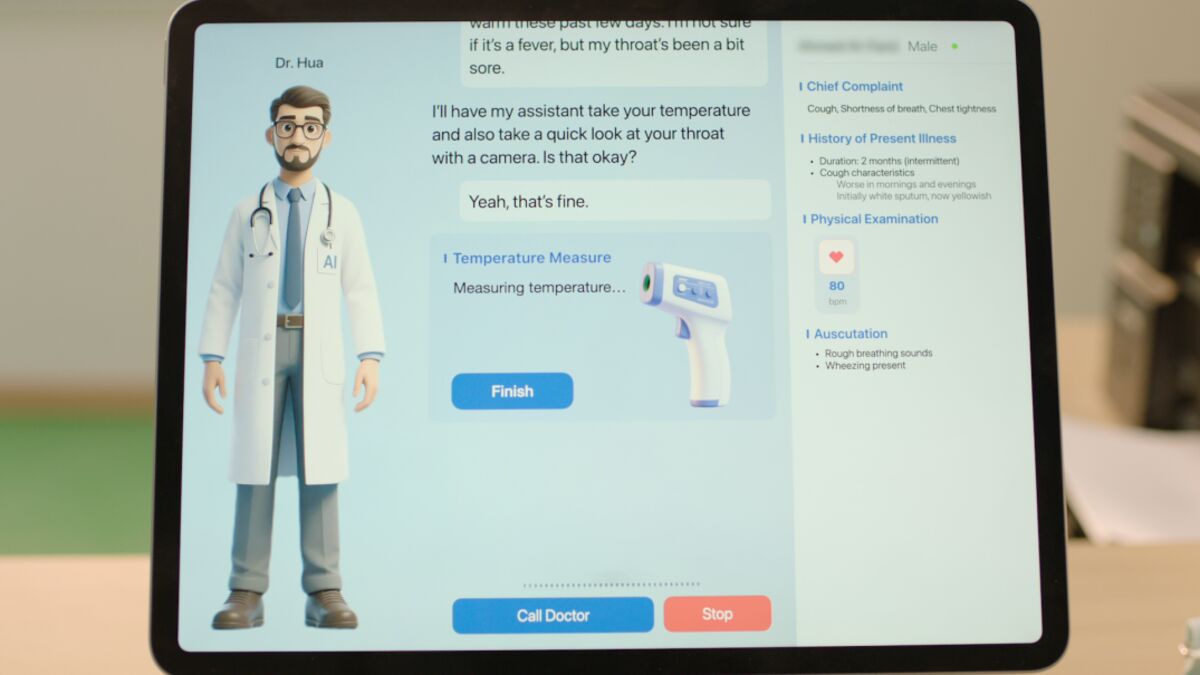Summary:
Windsurf launches SWE-1, its first in-house AI models for software engineering
Models SWE-1-lite and SWE-1-mini available to all users; SWE-1 for paid users only
Competes with Claude 3.5 Sonnet, GPT-4.1, and Gemini 2.5 Pro on programming benchmarks
Trained to handle incomplete states, long-running tasks, and multiple surfaces
"Coding is not software engineering" - Windsurf's approach addresses broader engineering needs
Windsurf, a startup renowned for its AI-powered tools for software engineers, has taken a significant leap forward by launching its first family of AI software engineering models, dubbed SWE-1. This move marks a pivotal shift from merely developing applications to crafting the underlying models that power them.
A New Era for Software Engineering
The SWE-1 family includes three models: SWE-1, SWE-1-lite, and SWE-1-mini, each designed to optimize the entire software engineering process. Unlike traditional models focused solely on coding, Windsurf's innovations aim to bridge the gap between coding and comprehensive software engineering tasks.
Competitive Edge and Accessibility
- SWE-1 competes closely with leading models like Claude 3.5 Sonnet, GPT-4.1, and Gemini 2.5 Pro on programming benchmarks.
- SWE-1-lite and SWE-1-mini will be accessible to all users, free or paid, while SWE-1 is reserved for premium subscribers.
Beyond Coding: A Holistic Approach
Windsurf's Head of Research, Nicholas Moy, emphasizes the limitations of current frontier models, stating, "Coding is not software engineering." The startup's models are trained to handle incomplete states, long-running tasks, and multiple surfaces, addressing a critical gap in the market.
Future Prospects
Described as an "initial proof of concept," the SWE-1 models hint at Windsurf's ambitious roadmap, potentially heralding more advanced AI solutions in the near future.








Comments